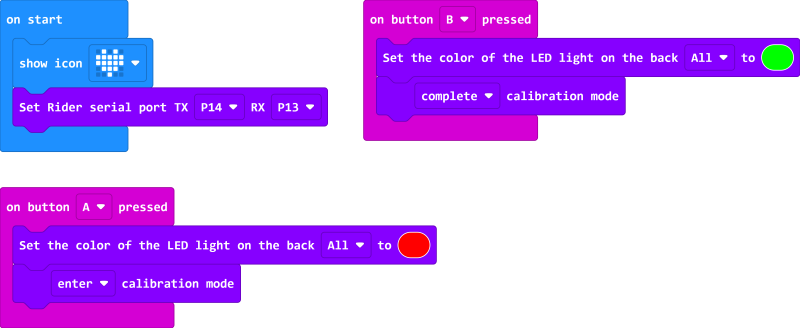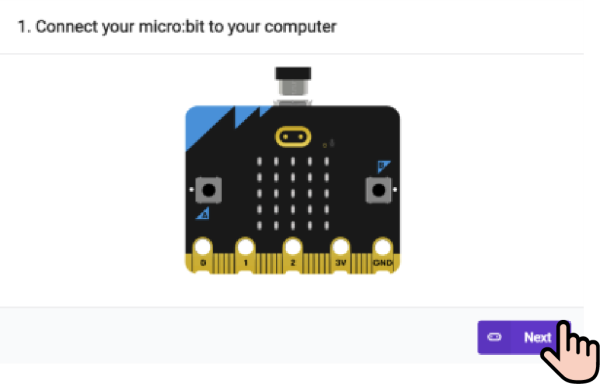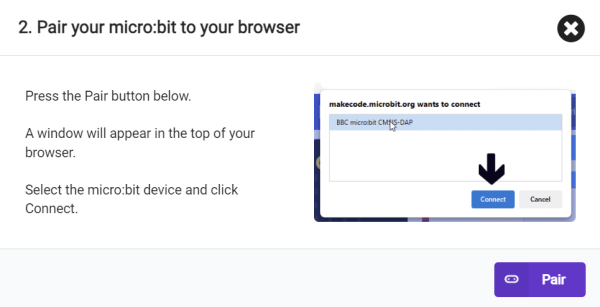Case 08 Calibration Mode
Introduction
This course will provide an in-depth explanation of the calibration mode of the bipedal robot XGO Rider, which is a key step to ensure accurate posture control of the robot. Students will learn how to manually adjust the robot's posture and complete the calibration process so that XGO Rider can accurately record and reproduce these postures.
Teaching Objectives
- Learn and practice the calibration mode of XGO Rider.
- Learn the programming instructions for XGO Rider to enter and complete the calibration mode.
Teaching Preparation
Before starting the course, please make sure you have prepared the following necessary materials:
 | micro:bit V2 |
|---|---|
 | XGO-Rider |
 | USB Cable |
 | PC |
These materials will provide you with a complete experience and ensure that you can smoothly carry out subsequent operations and learning. If you are ready for the above, we can proceed to the next step.
 After turning on the XGO Rider, in order to keep the fuselage balanced, it needs to move back and forth slightly. Please do not place the XGO Rider on the edge of the table or in a dangerous place to avoid damage.
After turning on the XGO Rider, in order to keep the fuselage balanced, it needs to move back and forth slightly. Please do not place the XGO Rider on the edge of the table or in a dangerous place to avoid damage.
Teaching process
Course introduction
With use, the XGO Rider may have posture deviations. This course will teach you how to use the calibration mode to manually adjust the robot to restore its standard posture. Once the calibration is completed, the XGO Rider will automatically record and maintain this posture to improve the accuracy and stability of the operation. By learning these techniques, you will optimize the performance of the robot. Now, let's learn how to accurately adjust the posture of the XGO Rider.
Exploration Activities
How does the XGO Rider posture deviation occur?
How to enter the calibration mode and complete the calibration?
How to ensure that the standard posture is manually restored in the calibration mode?
Start Programming
Add the XGO Rider software library
1. Go to "makecode.microbit.org" and click New Project.

2. Enter the project name in the pop-up window and click Create.

3. Click Extension in the code drawer, enter XGO Rider in the search box on the pop-up interface and click the search icon. Click it after the XGO Rider software library is displayed.

Sample Program

Reference Program Link: https://makecode.microbit.org/_TPh4j63xMfJk
 Because XGO Rider has forward and backward movement in the performance mode, please place XGO Rider on a spacious flat ground.
Because XGO Rider has forward and backward movement in the performance mode, please place XGO Rider on a spacious flat ground.
Download Program
1. Use a USB cable to connect PC and micro:bit V2.

2. After the connection is successful, a drive letter named MICROBIT will be recognized on the computer.

3. Click  in the lower left corner and select Connect Device.
in the lower left corner and select Connect Device.

4. Click 。
。

5. Click 。
。

6. Select BBC micro:bit CMSIS-DAP in the pop-up window, and then select Connect. At this point, our micro:bit has been successfully connected.

7. Click Download Program.

Teamwork and Presentation
Students are divided into groups to jointly complete the programming of XGO Rider entering calibration mode and completing calibration mode.
Students are encouraged to cooperate, communicate and share experiences with each other.
Each group has the opportunity to show their programmed XGO Rider to other groups and demonstrate.
Expected results:

Summary and Reflection
Review the course content and remind students what knowledge and skills they have mastered?
Guide students to discuss the problems and difficulties they encountered during the production process and how to solve these problems.
Guide students to think and discuss together how to ensure that the manual calibration is in a standard posture?
Expand knowledge
Tools, also known as fixtures or jigs, are auxiliary tools used to stabilize workpieces for processing, assembly, measurement or inspection. The main types are processing tools, assembly tools, welding tools, inspection tools, and special and general tools. The material and design of the tool are customized according to the specific workpiece requirements to improve production efficiency and ensure product quality.
For the posture calibration of XGO Rider, it is recommended to use a simple jig to quickly and accurately adjust the robot to the standard posture. Such jigs should be designed to be easy to make and use.